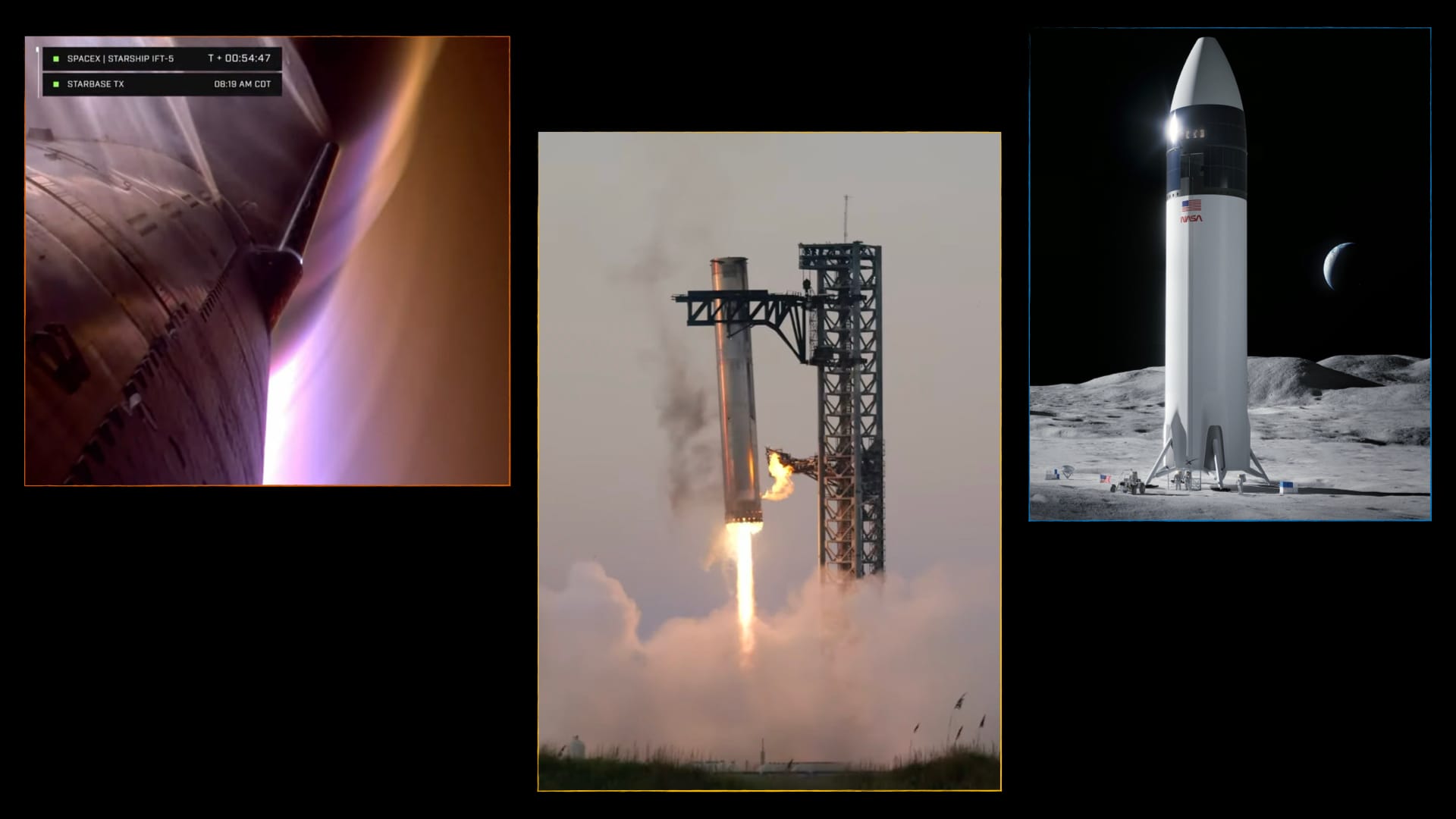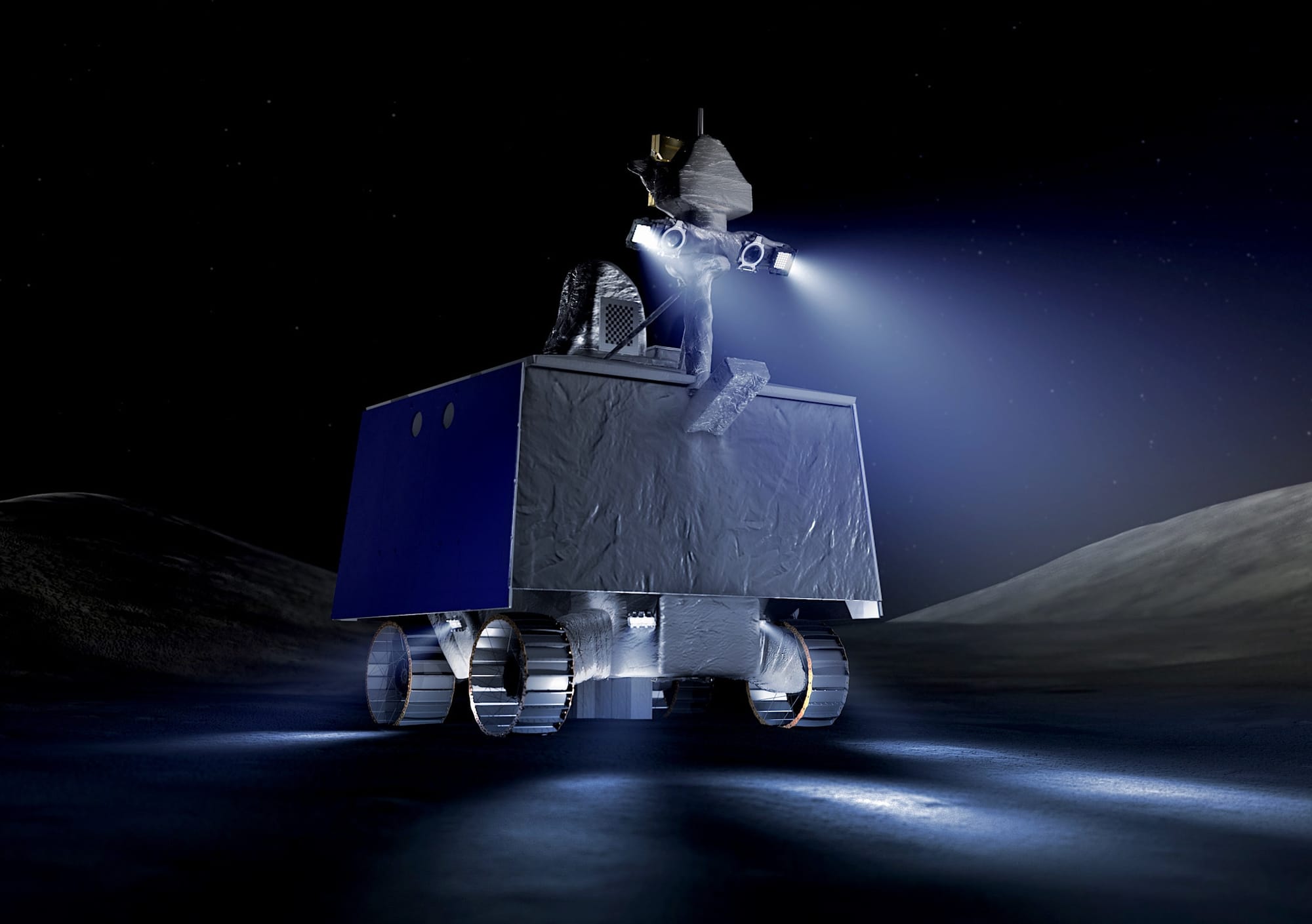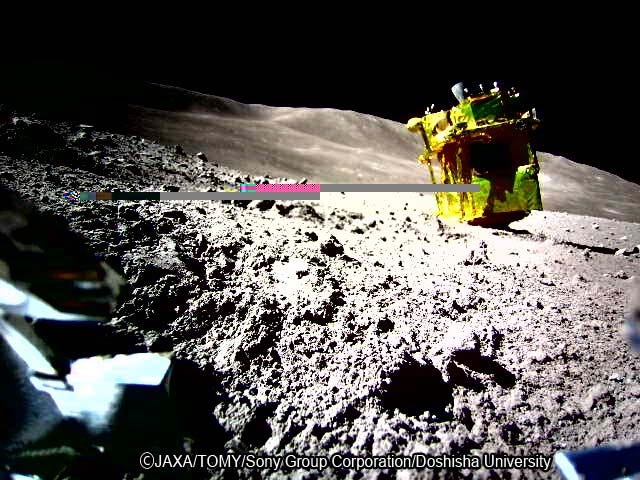Moon Monday #206: The state of global lunar exploration in 2024
Plus, my experience at the Galaxy Forum in Wenchang, China to that end.
As we wrap up an insanely happening 12 months in Moon exploration worldwide, I present to you a huge, curated linked list of lunar technology and science developments across 2024, organized by country or region. There’s also a section on all cooperative and collaborative international lunar efforts this year because these are the gems we need more of. When you see all of this activity for our Moon in one place, the scale of the world’s march to Luna really hits home. 🌗
Each linked article below explains the context and importance of that development, and I’ve made a conscious effort to highlight events and trends that actually happened instead of amplifying speculative coverage of what might happen—the latter of which seems to consume many media outlets too much.
Note: Moon Monday will be back in 2025 after the holidays. But do expect this month’s Indian Space Progress edition early next week before I take a break for real. I shall then rest, refresh, reflect, and re-energize, and I hope you do too. ✨
Alright, let’s dive into our worldwide lunar tour. If someone asks you what’s happening at the Moon, say all of this is. 🚀
China

- China doubled down on lunar infrastructure with Queqiao 2 and is building a lunar navcom constellation
- CNSA landed the Chang’e 6 spacecraft on the Moon’s farside, part of which then lifted off and brought samples to Earth
- Did China land Chang’e 6 in the farside Apollo crater to signal the US of a race? LOL, No
- China revealed the anatomy of its first crewed Moon landing plans, the upcoming crew-robotic ILRS Moonbase, and its approach to scientific cooperation

- Scientists can now apply to study exotic Chang’e 6 farside samples
- Chinese scientists dated volcanic samples from the Moon’s farside
- How China avoided a lunar mission failure
- How CNSA repurposed the Chang’e 6 orbiter module
The US
Artemis

- The Artemis II and III crewed Moon missions got delayed again
- NASA’s road to putting humans on the Moon inched through SpaceX Starship
- How NASA has been incrementally planning Artemis science
- Axiom Space showed off the Artemis Moonwalking suit
- How the Artemis Lunar Terrain Vehicle is a giant leap for rover-kind
CLPS
- Astrobotic’s failed lunar lander left a trail of transparency and trepidation
- NASA and Intuitive Machines skewed the success criteria of the first CLPS lunar landing
- How ispace, CLPS, funding, and science are interlocked
- NASA selected Intuitive Machines and Firefly for more Moon landings

- How the VIPER rover’s cancellation is questionable
- The US is scrambling to save VIPER
- How NASA went for a VIPER-less Artemis
India

- India approved Chandrayaan 4 lunar sample return mission
- The Chandrayaan 3 rover contributed to knowledge of our Moon’s origin
- On (not) celebrating Chandrayaan 3’s Moon landing
- How ISRO’s Chandrayaan and Gaganyaan programs will converge at Luna
- Chandrayaan 1’s Mission Director passed away; article on his internationally crucial work
Many thanks to Astrolab, Louis Burtz, Gurbir Singh and Frank Genin for sponsoring this week’s Moon Monday!
If you’re loving this 2024 global lunar tour, share it with other space buffs by grabbing this link, and support my independent writing & this community resource with your donations—especially if you’re feeling generous this holiday season. 🌙
More Asia-Pacific

- JAXA’s SLIM lander sparked a new era of precision landings for Japan, India, Artemis, and science
- Japan’s plan to land astronauts on the Moon via NASA
- Australia’s first lunar rover called Roo-ver got delayed; will be built by the EPE & Lunar Outpost Oceania
- Other Aussie advances toward Luna continued
- South Korea’s newly forged space agency is aiming straight for the Moon
Europe and Canada

- Europe’s new test facility brought lunar vibes on Earth
- Canada began making a lunar robotic arm to rule them all
- The maple nation remained Moonstruck about advancing rovers
- ESA moonlit their lunar navcom constellation ambitions
- Europe started an accelerator program for companies building resources-related lunar infrastructure
Cooperation and collaboration

- NASA, ISRO, and KARI are coordinating lunar traffic for their orbiters
- ISRO’s Chandrayaan 2 orbiter helped JAXA nail SLIM’s Moon landing
- The US-led Artemis Accords for cooperative lunar exploration gained 50 signatories. The 51st signee is Thailand, a country also party to the China-led ILRS Moonbase project and one that will fly instruments on Chang’e 7 and 8

- The “it’s complicated” status of LUPEX / Chandrayaan 5, the ISRO-JAXA mission to directly study water ice on the Moon’s south pole
- China helped Pakistan kickstart lunar exploration
- ISRO is aiding NASA in Artemis landing site selection
More lunar science

- Multiple space agencies continued collaboration for science on the upcoming NASA-led Gateway orbital habitat
- The search for lunar water deepened and remained unresolved
- Scientists globally continued gauging plume effects of Moon landers
- Why space agencies worldwide are studying Moonquakes and lunar lava tubes
- How Chandrayaan 1, 2 and 3 leveraged their view from the Moon to image a solar eclipse, study the Sun’s flares, and observe Earth as an exoplanet
Lastly, do not ever forget:
So that was an exhaustive look at all the ways humans explored our Moon this year. Remember, I wrote this for you, not social media or SEO. And so if you loved my 2024 global lunar tour, please share it with other space buffs by grabbing this link, and support my independent writing & this community resource with your donations—especially if you’re feeling generous this holiday season. 🌝
My experience at the Galaxy Forum in China
I attended the 2024 Galaxy Forum in Wenchang, China last week, where I along with speakers from over 12 countries discussed global lunar exploration plans, science from the Moon, and cooperative approaches to those ends. I have covered notable updates from the event on Moon Monday #205.
During my talk, I provided a global perspective on crewed lunar exploration, highlighting specific ways in which many countries are partnering across multiple parts of the lunar exploration stack, including but not limited to efforts by China and the US. If you read the links above in this Moon Monday edition, you will get the same sense of all I spoke about in my talk. And, attached below are my minimal talk slides.


It was amazing to meet some of the people who have worked on China’s incredibly successful Chang’e program. We also got to see China’s national as well as commercial launch site in Wenchang from a close enough distance! The Chang’e 5 and Chang’e 6 sample return missions launched from here, and it’s where the first humans to the land on the Moon in this century might just take off from. 🧑🏽🚀
I’m thankful to the International Lunar Observatory Association (ILOA) and the Chinese Society of Astronautics (CSA) for inviting me to tune in as well as to talk at the forum. Through my writing and speaking, I hope to be a good ambassador for the Moon, science, international collaboration, and India. :)
Oh, and by the way, China’s space culture infusion is quite something. There are rocket shaped water bottles and eatables here.

And then there’s this..

I shall end the last Moon Monday edition of the year on that note.
